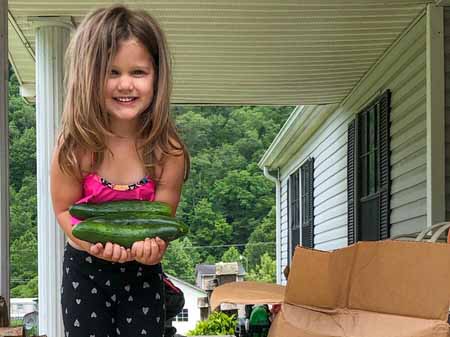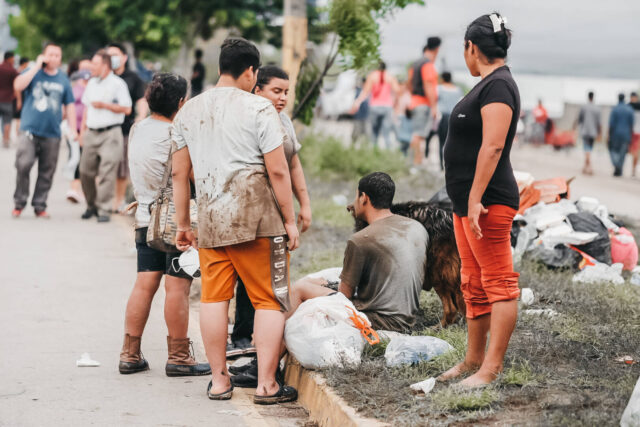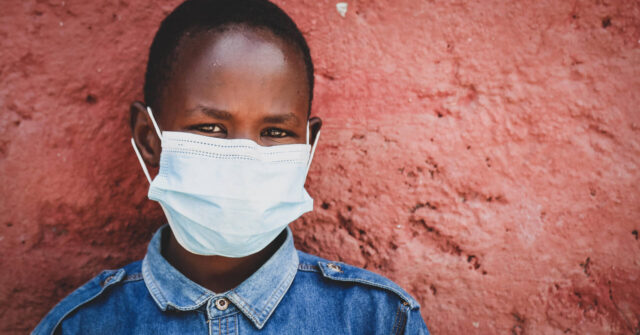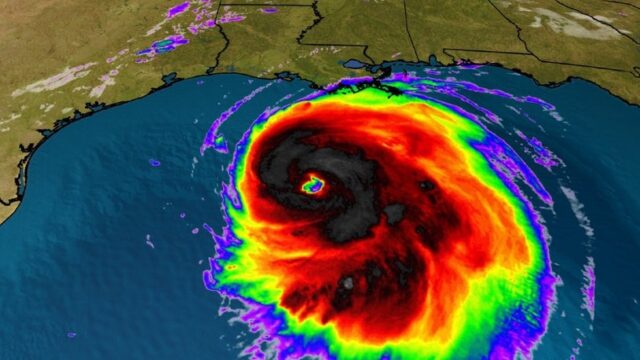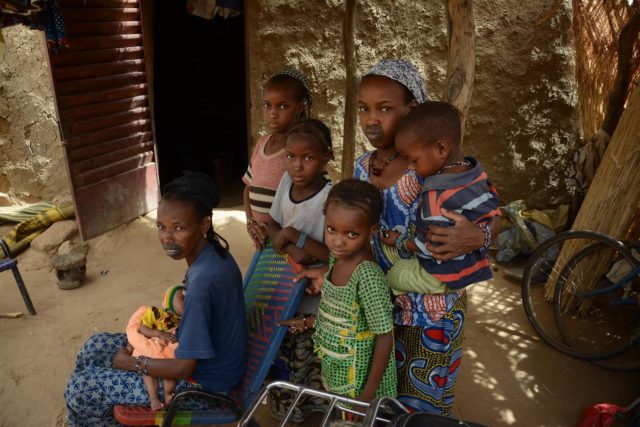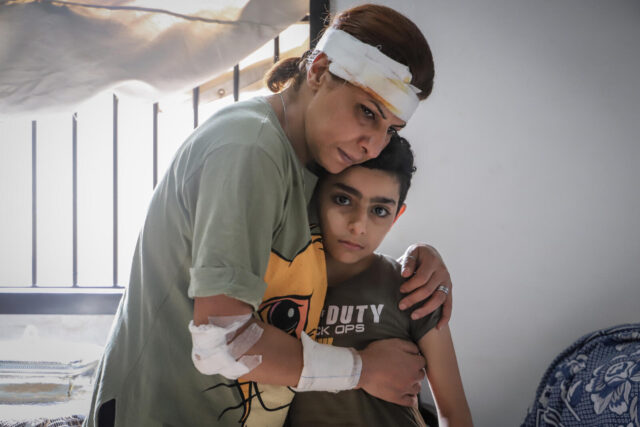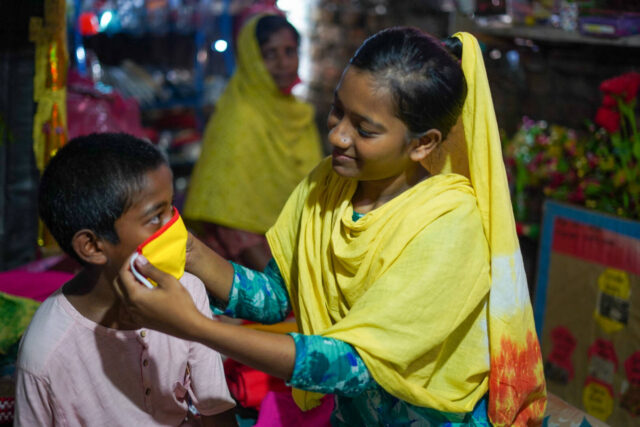Learn the facts about Hurricane Iota, which made landfall in Central America as a Category 4 storm, and join us in prayer for people affected.
News & Stories
Disaster Relief
Fresh food helps West Virginia family feed children during pandemic
During the COVID-19 pandemic, a West Virginia family received the blessing of a Fresh Food Box from World Vision and Mountain Heart Community Services. The family has struggled since losing income during the pandemic.
2020 Hurricane Eta: Facts and how to help
Learn the facts about Hurricane Eta, which hit Central America as a Category 4 storm, and join us in prayer for people affected.
How World Vision fights the secondary effects of COVID-19
COVID-19 poses new challenges to World Vision, but our 37,000 staff and communities worldwide are working together to bring hope to children and families. We’re fighting the secondary effects of the disease — the economic, social, and long-term health impacts.
Responding to COVID-19 in one of the most remote places in the world
The Solidarity, a hospital ship operated by World Vision, has sailed to isolated communities to deliver food boxes, essential first-aid supplies, and provide medical care to 1,000 families in Brazil hit hard by the coronavirus pandemic.
2020 Hurricane Laura: Facts and how to help
Learn the facts about Hurricane Laura, which hit the Gulf Coast near the Louisiana–Texas border as a Category 4 storm, and join us in prayer for people affected by the storm. More than 500,000 people were ordered to evacuate coastal areas of the two states, increasing possible exposure to COVID-19.
Mali conflict explained: Facts, FAQs, and how to help
Once an emerging force for democracy in West Africa, Mali has struggled to maintain stability since a 2012 coup. Conflict continues, and increasingly severe droughts and the coronavirus have added to the country’s challenges. Children and families need food security, healthcare, and protection.
Lebanon: Beirut explosion facts and how to help
An explosion that rocked the port of Beirut, Lebanon, on August 4 killed 160 people and injured about 6,000. World Vision is responding, initially expecting to help 120,000 people. We have been working in Lebanon since 1975.
From the World Vision U.S. president: Finding hope amid the coronavirus
World Vision U.S. President Edgar Sandoval Sr. reflects on God’s grace and the generosity of donors who have provided the strength and resolve to respond immediately to one of the world’s most challenging diseases, COVID-19.
Inspiring examples of how to fight COVID-19 around the world
People around the world are using their time, talents, and treasures to overcome obstacles so they can serve others in the time of COVID-19.

